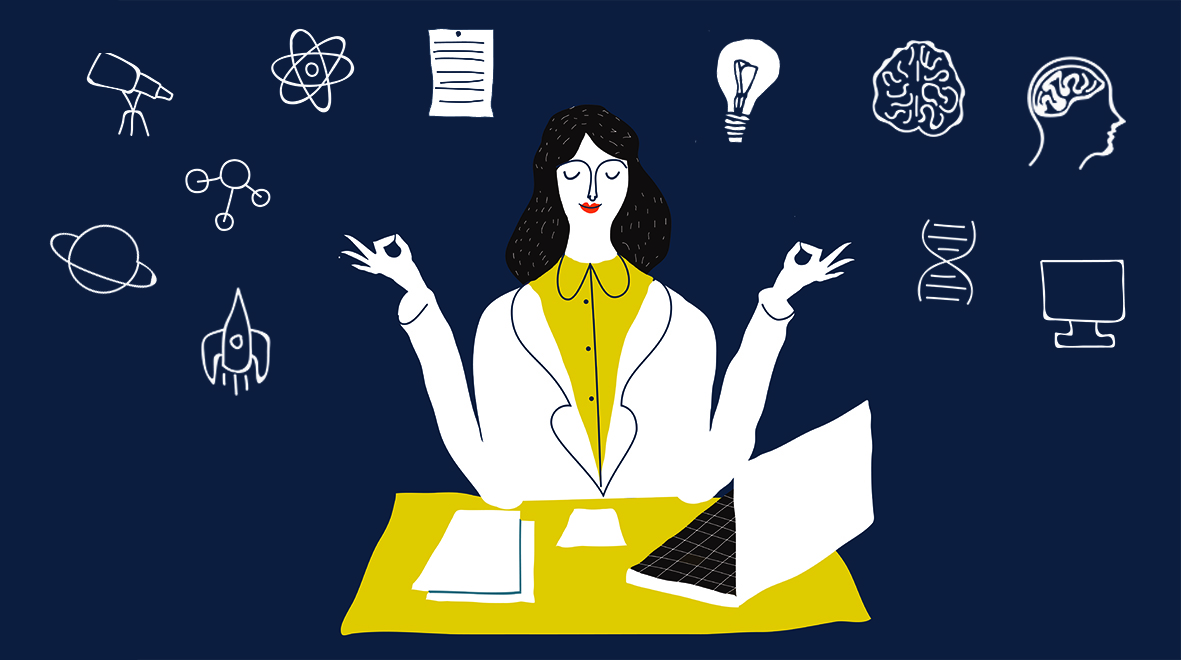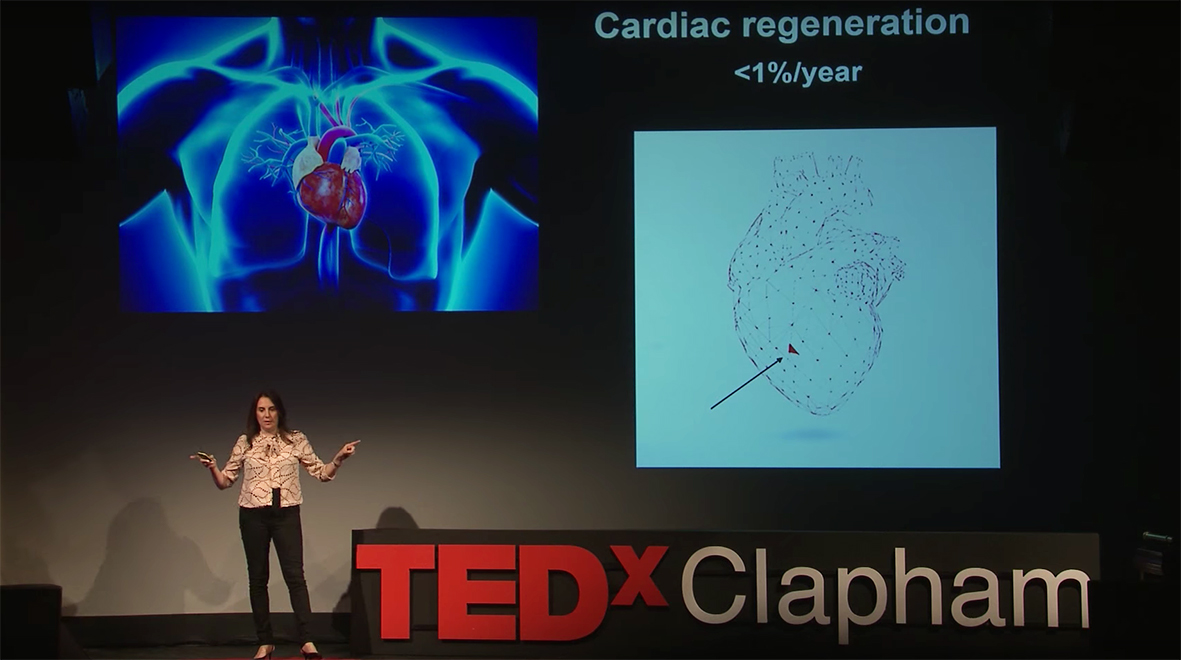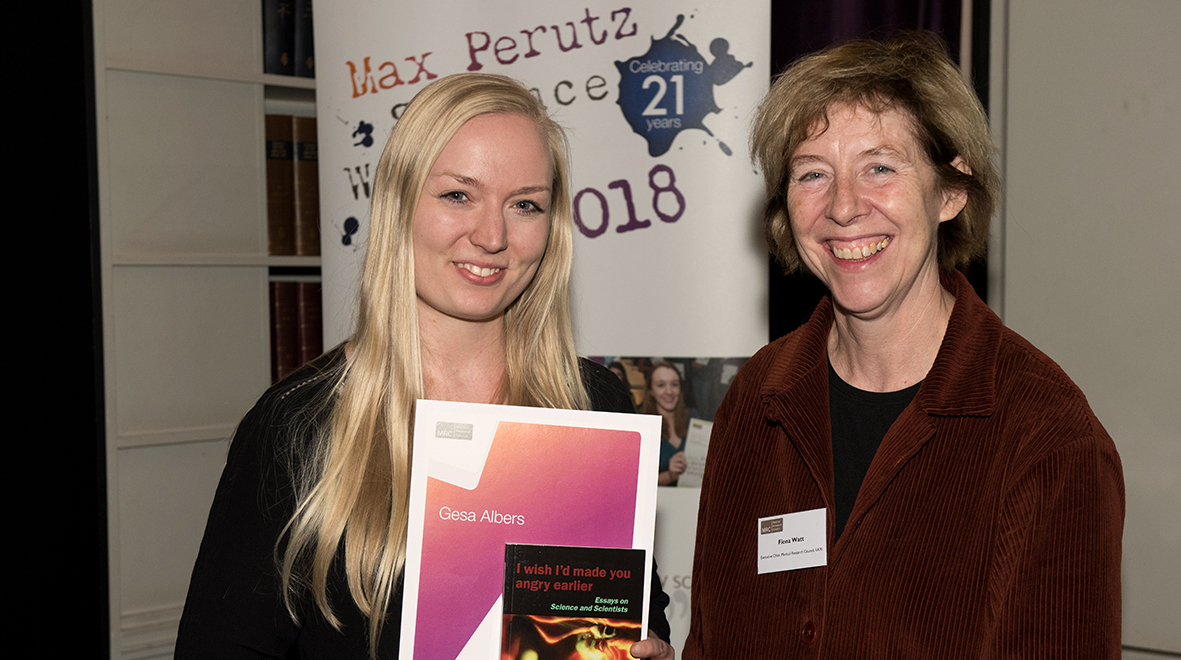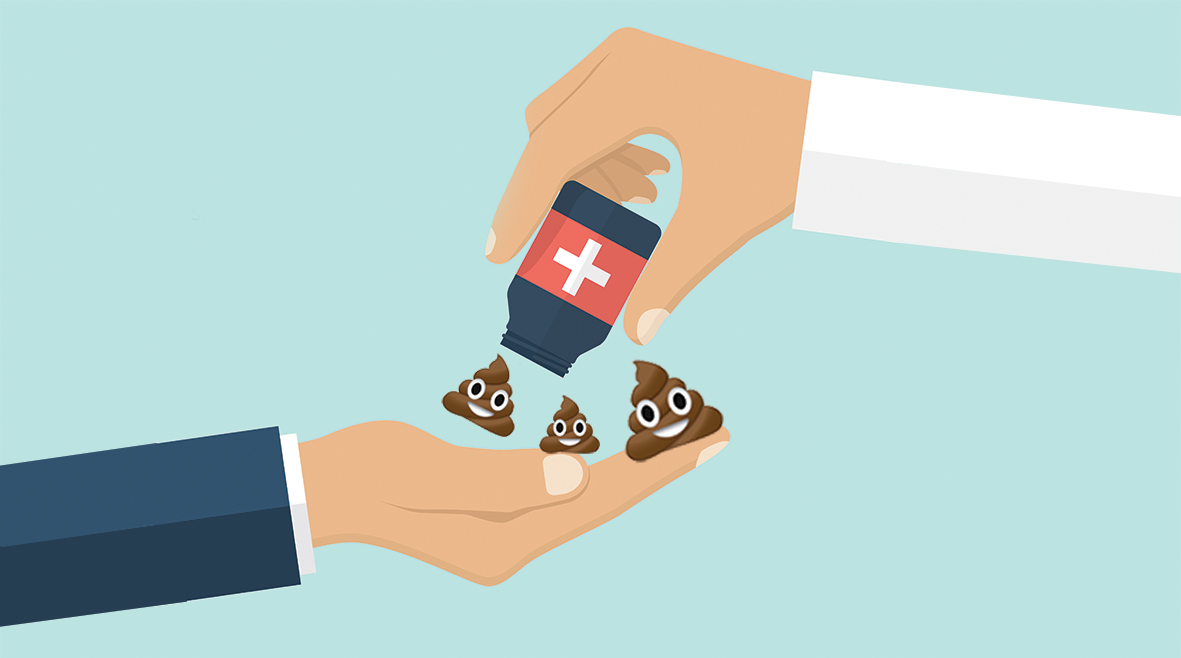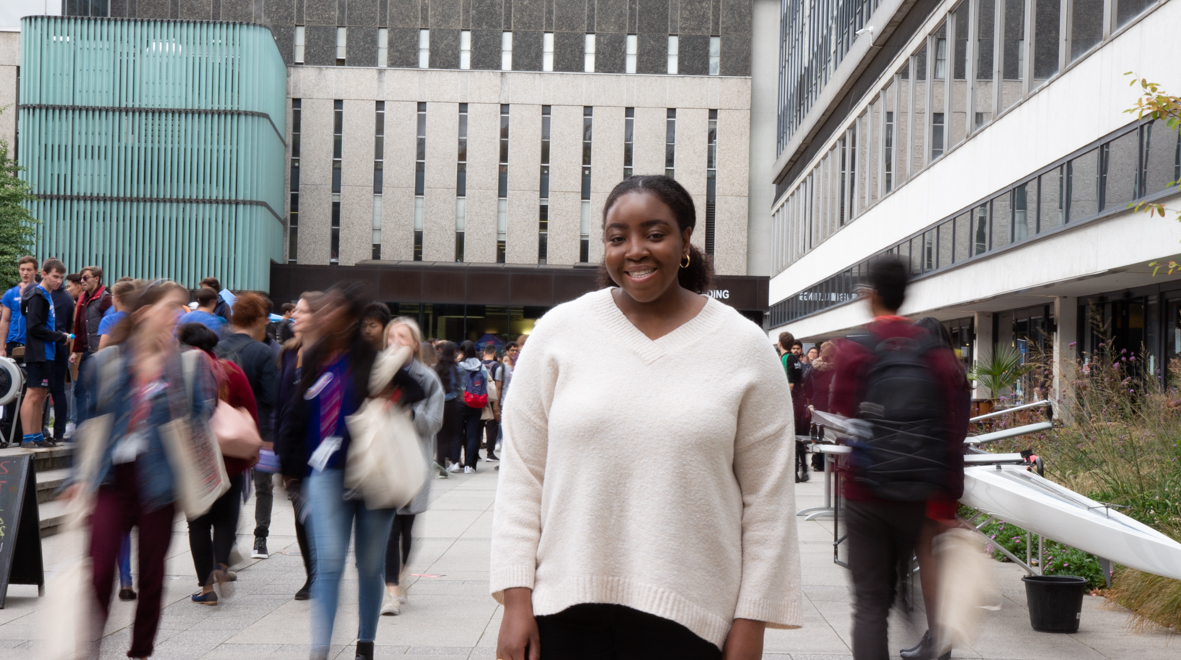
Professor Azeem Majeed shares his take on the realities of NHS England’s proposed ‘do not prescribe’ list for primary care.
This week NHS England (the organisation responsible for managing the NHS in England) announced plans to curb the prescribing of ‘low-value’ items. This includes items such as silk garments, and bath and shower emollient for eczema and dermatitis. The plans follow on from earlier guidance issued by NHS England that aimed to limit the prescribing medications that are available over the counter, such as paracetamol and ibuprofen.
At a time when the NHS faces unprecedented workload and funding pressures, health professionals and the public all recognise the need to make the most efficient use of the resources available to the NHS; and prioritising key clinical areas such as cancer care. Prescribing costs in primary care, currently around £10bn annually, are a key component of the NHS budget in England. It is therefore entirely appropriate to look at this area to see where savings can be made without compromising patient care. (more…)

